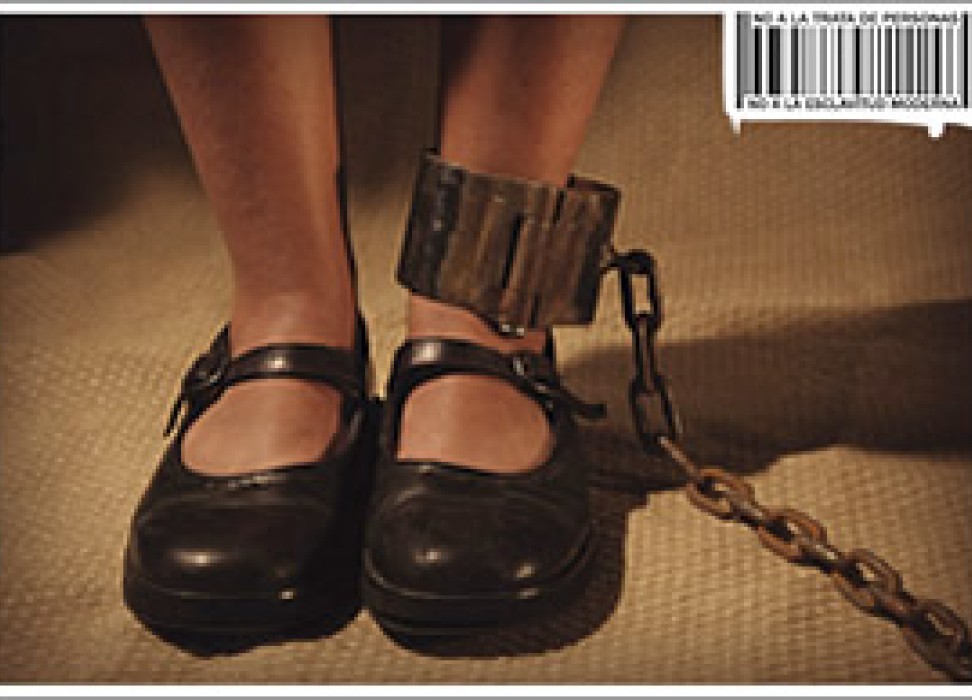Human Rights based approach to trafficking
29 November 2011

The global momentum against human trafficking should be encouraged while at the same time focusing on a human rights approach in tackling it, UN Human Rights Chief Navi Pillay has said.
Launching the Commentary on the UN Recommended Principles and Guidelines on Human Rights and Human Trafficking in Moldova, Pillay said: “We shouldn’t allow the agenda to be diverted to distinct concerns such as clamping down on irregular migration, without addressing illegal migration avenues that keep migrants out of the reach of smugglers and human traffickers.”
Pillay lauded anti-trafficking efforts observing that it has in the past decade emerged as a priority globally, but emphasised that this agenda can build on existing legal structures established by the United Nations Human Rights system.
Calling for analysis into the ways in which human rights violations arise during the trafficking cycle, she listed the key guiding factors: “The Recommended Principles on Human Rights and Human Trafficking are built around four pillars: 1) The primacy of human rights, 2) the prevention of trafficking by addressing root causes, 3) the extension of protection and assistance to all victims (instead of criminalisation), and 4) the punishment of perpetrators and redress of victims.”
Pillay raised concern over the high trafficking rates in the Eastern Europe country, particularly of women and girls. She called for stiffer measures to address the problem.
“Further measures are clearly needed to tackle this scourge, which ruins so many lives, including the prosecution of perpetrators, no matter who they are or how powerful they may be,” she said.
During her four-day visit to Moldova from 1 -4 November, she launched the UN Human Rights office’s Commentary on the Recommended Principles and Guidelines on Human Rights and Human Trafficking in an event organised by the UN Human Rights office, in partnership with UNDP and the Government of Moldova.
The human rights based approach to trafficking places the victim at the centre of any credible action, and thus requires an analysis of human rights violations in the trafficking cycle. The approach also requires that stakeholders identify the role and obligations of States under international human rights law, in fighting the vice.
Pillay described human trafficking as one of the major ills of our times, saying “ going back to abolish the slave trade and later also trafficking in women for sexual exploitation, certain aspects of human trafficking have long been a concern for humanitarian activists and enlightened decision-makers.”
The UN Human Rights chief called for the use of existing legal systems, including the UN conventions on human rights to address trafficking.
Participants at the day- long event were presented with the list of eleven recommended principles on human rights and human trafficking, through practical examples on what is considered a human rights -based credible action, which includes identification of trafficked persons and traffickers, ensuring an adequate law enforcement response and access to remedies for the victim.

VIEW THIS PAGE IN:
